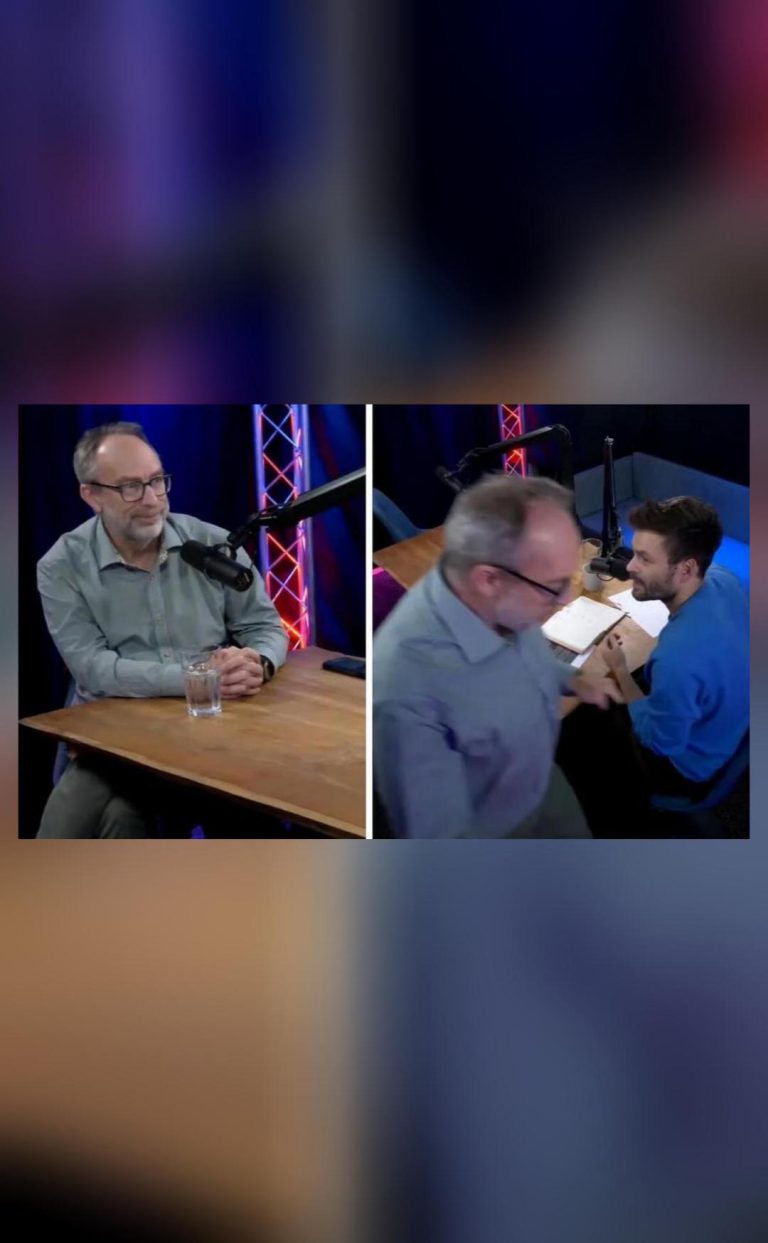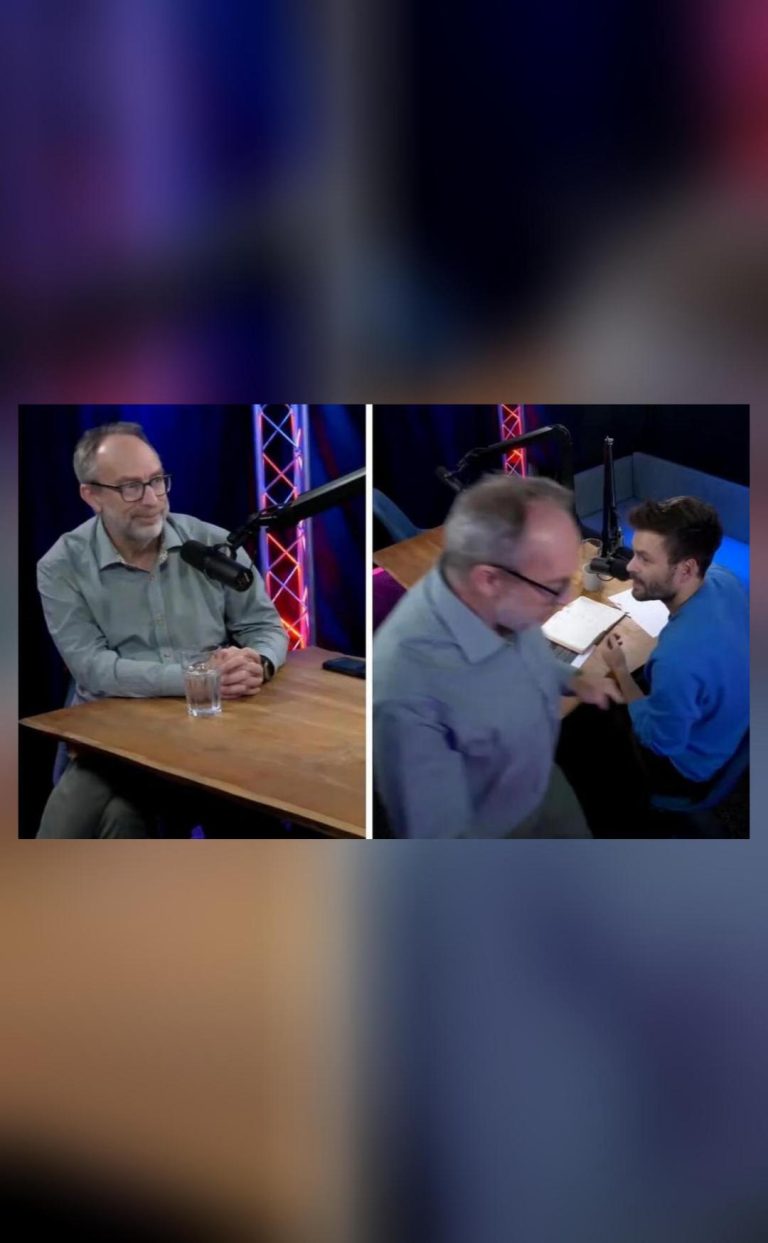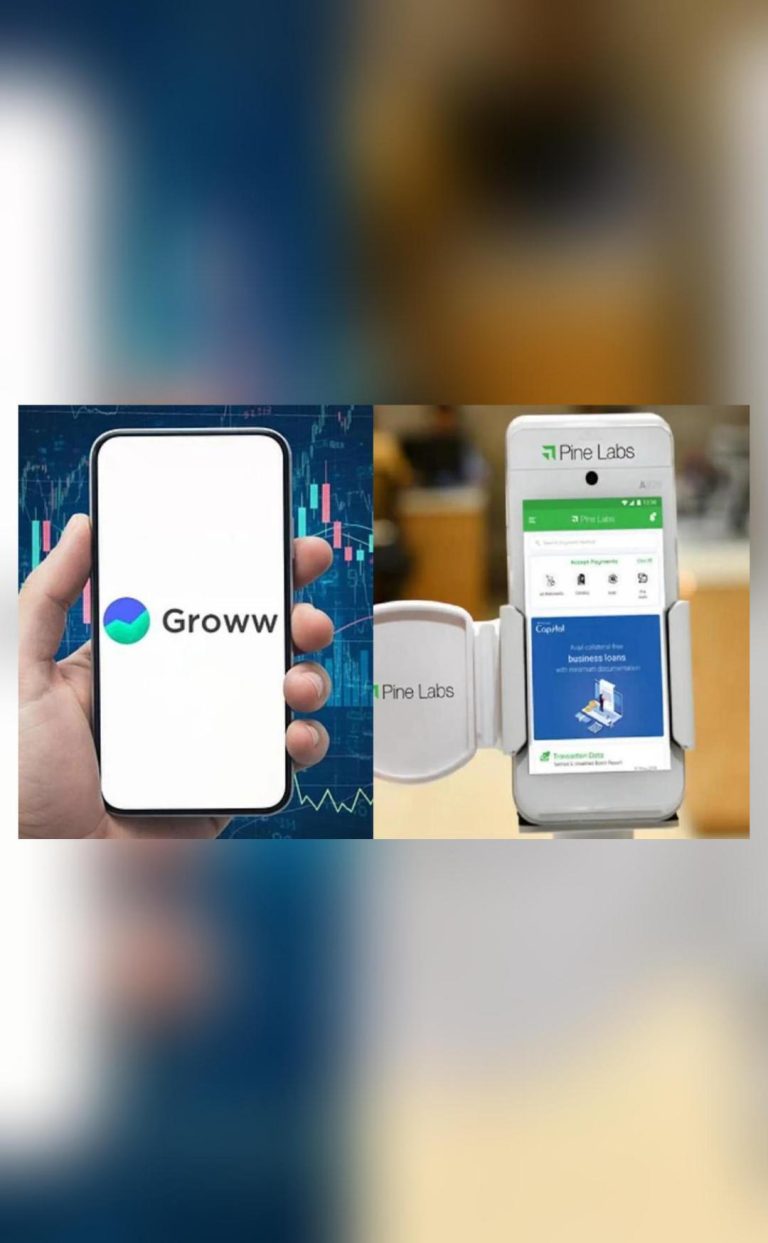
Delhi terror attack accused doctors used Swiss app Threema to plan & coordinate: Police
In a shocking revelation, it has come to light that the accused doctors in the Delhi terror attack case used a Swiss encrypted messaging app called Threema to plan and coordinate their terror activities. The three doctors, Dr Umar Nabi, Dr Muzammil Ganaie, and Dr Shaheen Shahid, who are being investigated for the blast near Delhi’s Red Fort, allegedly used this app to constantly keep in touch and plan their nefarious activities.
According to police sources, Threema is a highly secure and encrypted messaging app that does not require a phone number or email ID for registration, making it extremely difficult to trace its users. This feature of the app made it an attractive option for the accused doctors, who wanted to keep their communications private and secure.
The use of Threema by the accused doctors has raised serious concerns about the role of technology in facilitating terror activities. With the increasing use of encrypted messaging apps, it has become challenging for law enforcement agencies to track and monitor the activities of terror suspects. The case of the Delhi terror attack accused doctors is a classic example of how terror groups are using technology to their advantage.
The investigation into the Delhi terror attack has revealed that the accused doctors used Threema to discuss and plan their terror activities. The app’s end-to-end encryption feature ensured that their communications remained secure and private, making it difficult for the police to intercept their messages.
The police have been able to crack the code, however, and have managed to retrieve some of the messages exchanged between the accused doctors. The messages reveal a intricate web of planning and coordination, with the doctors discussing everything from the procurement of explosives to the execution of the blast.
The use of Threema by the accused doctors has also raised questions about the regulation of encrypted messaging apps. While these apps provide a high level of security and privacy to their users, they also pose a significant challenge to law enforcement agencies. The case of the Delhi terror attack accused doctors highlights the need for a balanced approach to regulating encrypted messaging apps, one that takes into account both the need for security and the need to prevent the misuse of these apps.
The police have been working closely with the intelligence agencies to track down the accused doctors and to unravel the conspiracy behind the Delhi terror attack. The use of Threema by the accused doctors has been a significant lead in the investigation, and the police are hopeful that they will be able to bring the perpetrators to justice soon.
In the meantime, the case of the Delhi terror attack accused doctors has sent shockwaves through the medical community. The fact that three doctors, who are sworn to save lives, were involved in a terror plot has raised questions about the radicalization of medical professionals. The case highlights the need for increased vigilance and scrutiny of medical professionals, particularly those who may be vulnerable to radicalization.
The investigation into the Delhi terror attack is ongoing, and the police are working tirelessly to uncover the truth behind the blast. The use of Threema by the accused doctors has been a significant breakthrough in the case, and the police are hopeful that they will be able to bring the perpetrators to justice soon.
In conclusion, the case of the Delhi terror attack accused doctors is a stark reminder of the threat posed by terror groups and the role of technology in facilitating their activities. The use of Threema by the accused doctors has highlighted the need for a balanced approach to regulating encrypted messaging apps, one that takes into account both the need for security and the need to prevent the misuse of these apps. As the investigation into the Delhi terror attack continues, one thing is clear: the police will leave no stone unturned to bring the perpetrators to justice.
Source: https://repository.inshorts.com/articles/en/PTI/f2a8ca2c-2fb5-4ada-b46a-28e29563f0c3






